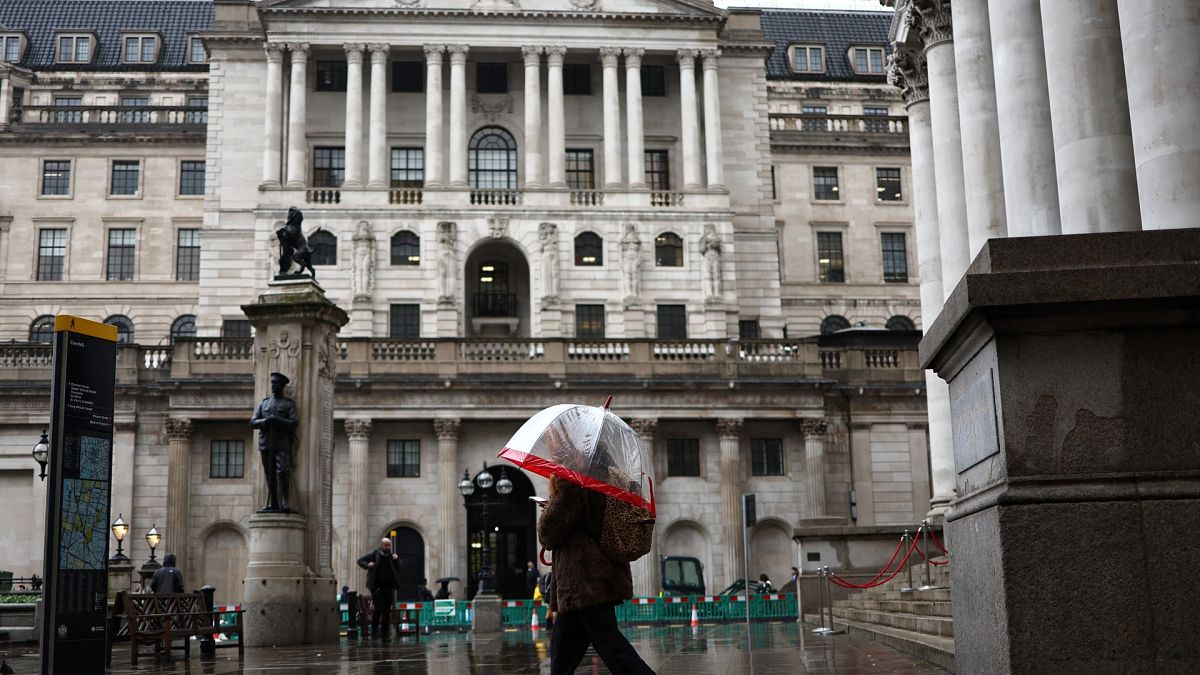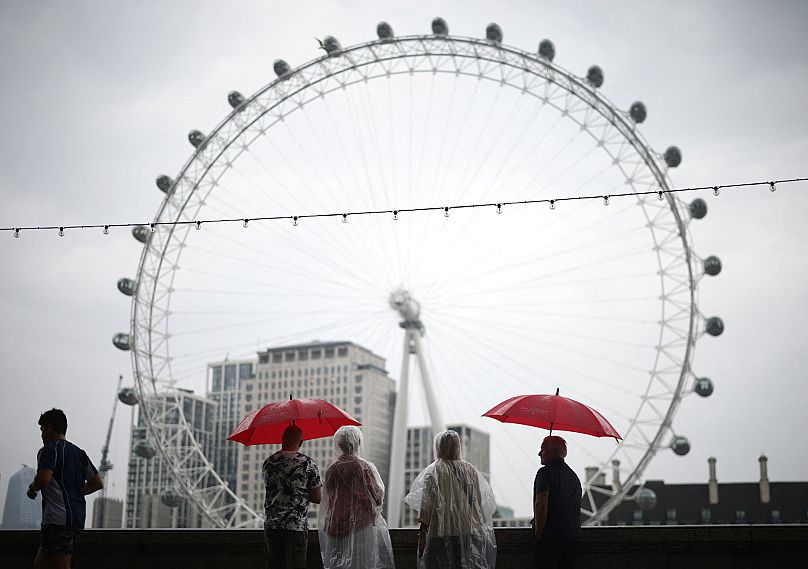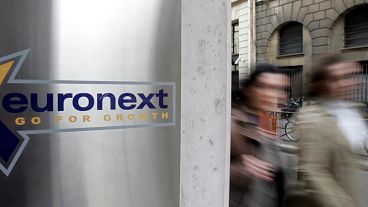Euronews Business looks at what was behind the London Stock Exchange outage on 5 December and which companies were affected.
The London Stock Exchange (LSE) faced its third outage since October on Tuesday. Although the major FTSE 100 and FTSE 250 stocks were mostly unimpacted, around 2,200 small cap stocks saw disruptions or halts in trading. International order book (IOB) securities were also not affected.
Back in October, the stock exchange saw an 80-minute halt in the tail end of a session that hit the Alternative Investment Market (AIM) stocks. This again mostly impacted smaller stocks, while leaving larger FTSE 100 and FTSE 250 stocks trading as usual.
Following that, last month, the FTSE Russell indices also saw a 40-minute disruption, causing chaos in trades across Italy, UK and South Africa.
Further back in August 2019, the LSE saw a 2-hour outage, the worst one since 2011, wiping out FTSE 100 and mid-cap stock trading for almost two hours. The LSE reported that it was due to a “technical software configuration issue following an upgrade of functionality”. Claims of a cyber-attack potentially being behind this incident were also made, with the British government and intelligence agencies also investigating the same.
What happened on Tuesday morning?
On Tuesday morning, two consecutive outages hit the exchange, the first one just before 9:30am, lasting about an hour, with the LSE reporting that it was investigating the cause. However, following a brief resumption in trading, the second outage happened at about 11:30am with still no clarification from the exchange as to what was causing the issue. Normal trading finally resumed around 12:43pm.
During the time trading was disrupted, the LSE issued notices saying that clients “will be able to manage their orders in the system”. However, some trades continued to have “halted” showing in their statuses, even though clients were still able to manage their orders in the system, while the LSE finished its investigation.
Late on Tuesday, traders finally received some insight as to what had caused the outage this time, with the LSE reporting that “the degradation of processing performance of a disk array” was behind it. This had caused a backlog in data processing and accelerated the system to move into a protective state.
However, the exchange reassured traders that “steps are being taken overnight to replace the impacted hardware” and that it was doing everything it could to ensure that trading carried on normally on the following day.
Which stocks were impacted?
Small-cap stocks such as beverages producer Fevertree, online retailer Asos and polling company YouGov, and delivery company Deliveroo were amongst those impacted.
Following the trading halt, ASOS stock fell almost 7% to trade at about €4.40 per share on Wednesday morning, whereas Fevertree fell around 0.95% to €12.0 during the same time. Deliveroo shares fell about 1.8% to €1.58. However, YouGov was one of the few stocks which bounced back by the time Wednesday rolled around, inching up about 0.85% to €11.8.
While larger companies may find it easier to recover from these trading outages, due to the sheer volume of trades they have on a daily basis, small-cap companies can typically find it a challenge to bounce back.
What could this outage mean for the LSE?
This latest disruption in trading does not bode well for the London Stock Exchange, especially when taken in conjunction with the recent earlier outages. This could cause traders to significantly lose confidence, especially when millions of pounds may be at stake, in the case of larger trades.
Furthermore, if the LSE is not successful in tackling the source of the halts efficiently and making sure that they are not repeated, UK regulators may come down heavily on the exchange.
This has also led to more speculations of whether the 300-year old exchange is losing its high standards and quality, as investors today demand 100% uptime for most large global stock exchanges. As such, if these incidents become more frequent, the LSE may very well find itself losing several investors to other global competitors such as the New York Stock Exchange (NYSE) or Shanghai Stock Exchange.
Closer to home, the STOXX 600, Frankfurt Stock Exchange and Euronext Amsterdam, could also pose credible threats.
The LSE has also recently been under fire for failing to prevent several big ticket companies such as Arm Holdings from staying in London, instead of going for IPOs on major US exchanges such as the NASDAQ. Not only that, but it has also been struggling to retain the companies that it already had, such as Shell.
Currently, the exchange is in the process of repositioning itself as a data services provider, not just an exchange. For this, Microsoft has also announced that it will be purchasing a 4% stake in the exchange, in exchange for the LSE buying billions of dollars worth of cloud services from Microsoft over the next decade.
The London Stock Exchange Group also bought Refinitiv in 2021, for a whopping $27 billion (€25.05 billion) back in 2021, as an attempt to kickstart this change. The company has also announced that it will be establishing five newly-created divisions in 2024. These will be FTSE Russell, capital markets, risk intelligence, data and analytics and post trade.




